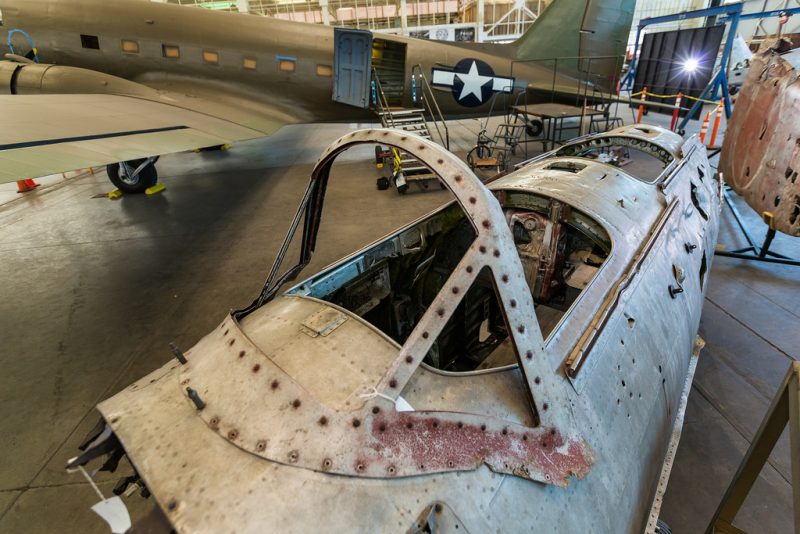A Nakajima B5N torpedo bomber, nicknamed “Kate” by U.S. troops, that is believed to have been involved in the attack on Pearl Harbor in 1941 is back in Hawaii for the 75th anniversary of that attack.
The plane has undergone an extensive restoration program over the last five years. It is on exhibit in the Pacific Aviation Museum Pearl Harbor, located on Ford Island near Battleship Row where the USS Arizona, Oklahoma, and Utah memorials are.
Ford Island was the first target of the Japanese bombers on December 7, 1941.
“An aircraft can be scrambled much more quickly than ships can, so they attacked the airfields immediately,” according to Burl Burlingame, a museum historian. This tactic evidently worked; out of the 390 or so American aircraft lost at Pearl Harbour, more than 150 were taken out of action before they had a chance to take off. Damage to vital airfield infrastructure further crippled the American response.
The Imperial Navy of Japan built over 1100 torpedo bombers. Only pieces remain of them. The museum has the fuselage and wings of the plane. They are seeking the nose and other missing pieces.
Besides the museum itself, visitors can see the iconic control tower and Hangars 37 and 79. Hangar 79 is where visitors can view the restoration work. The are still bullet holes left by Japanese warplanes in the hanger’s windows.
“When you’re in these buildings, you’re in a place that’s like Lexington or Concord or Chateau-Thierry or Iwo Jima or Afghanistan,” Burlingame says. He added that to revere the places “where people died for freedom” is an important part of American culture.
The museum opens every day from 8 am to 5 pm. Admission is $25 for adults and $15 for children ages 4 to 12.
